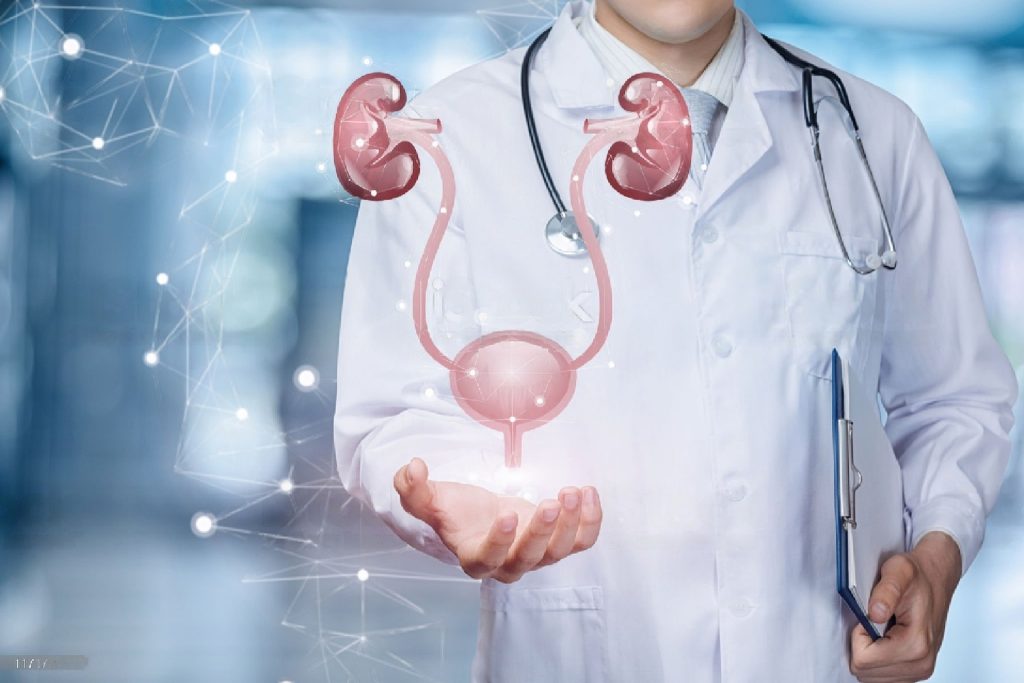Allosteric regulation- Definition, Principle, Types, Models, Applications
Allosteric regulation refers to the process by which the activity of an enzyme or protein is regulated by the binding of a molecule to an allosteric site on the protein, which is distinct from the protein’s active site.
Allosteric regulation- Definition, Principle, Types, Models, Applications Read More »



